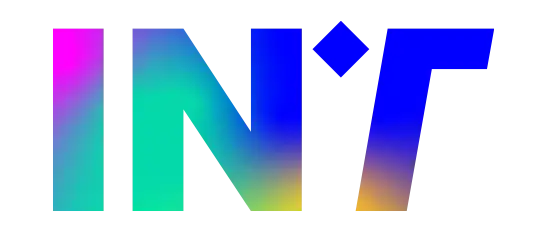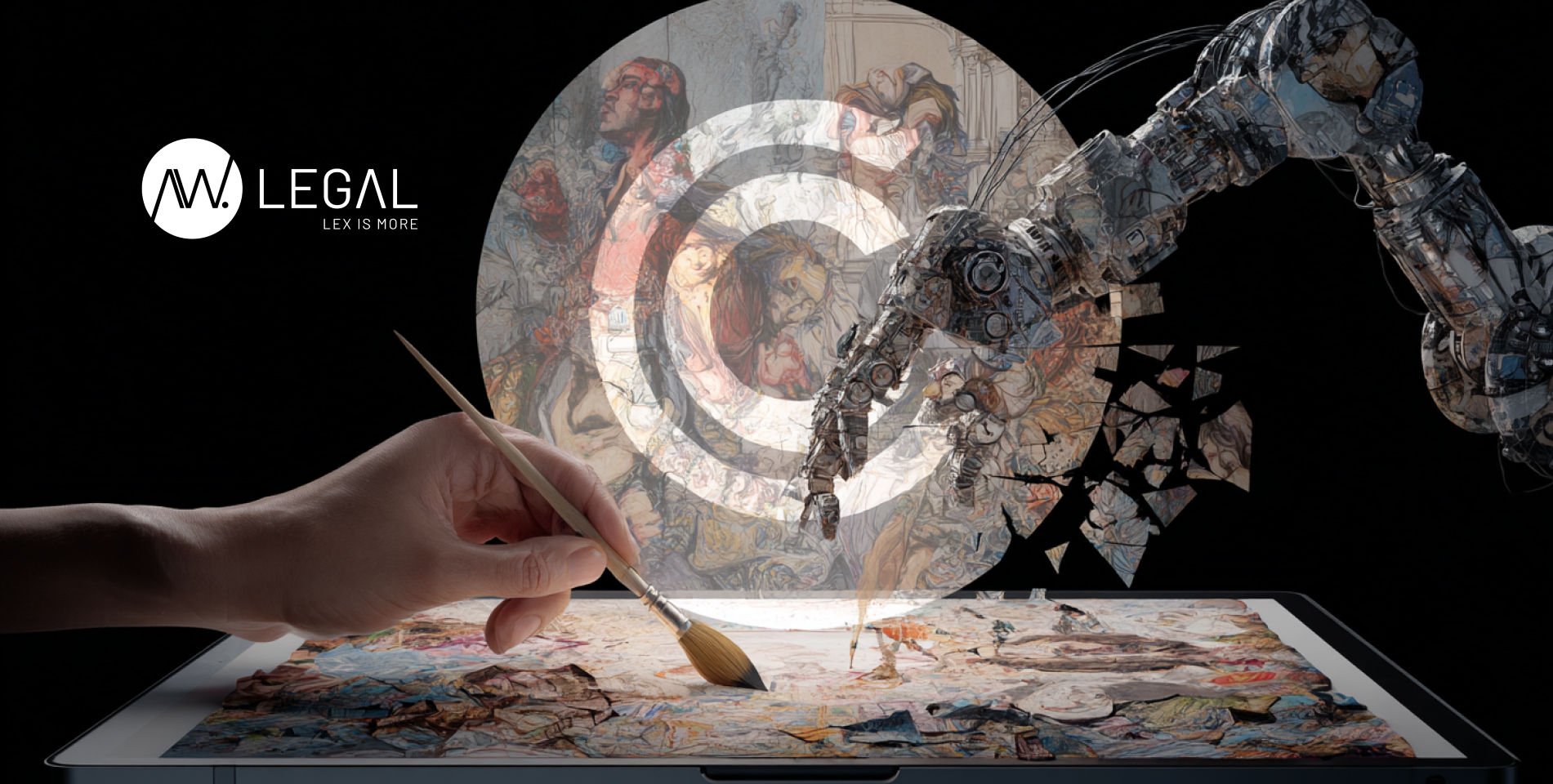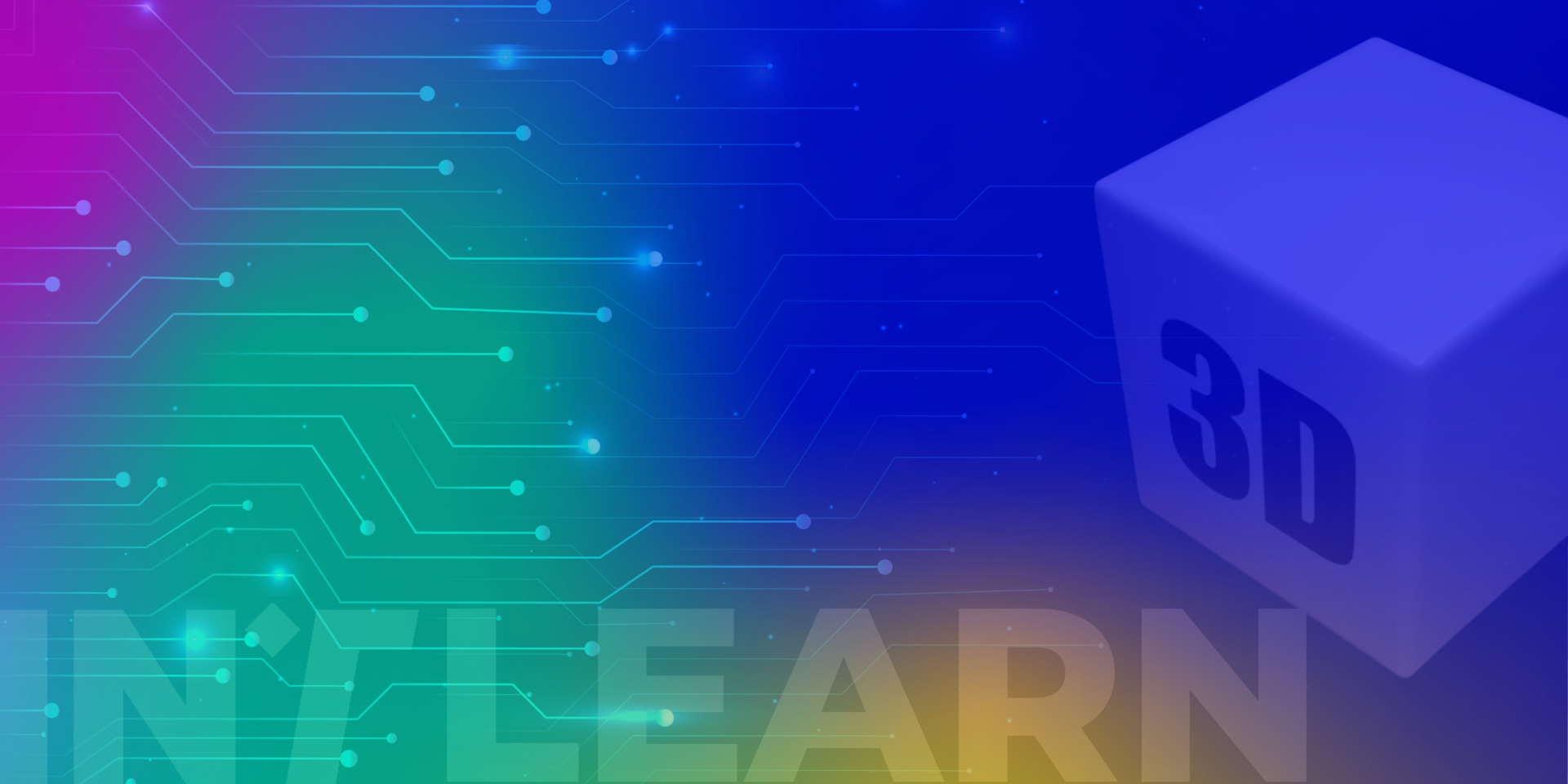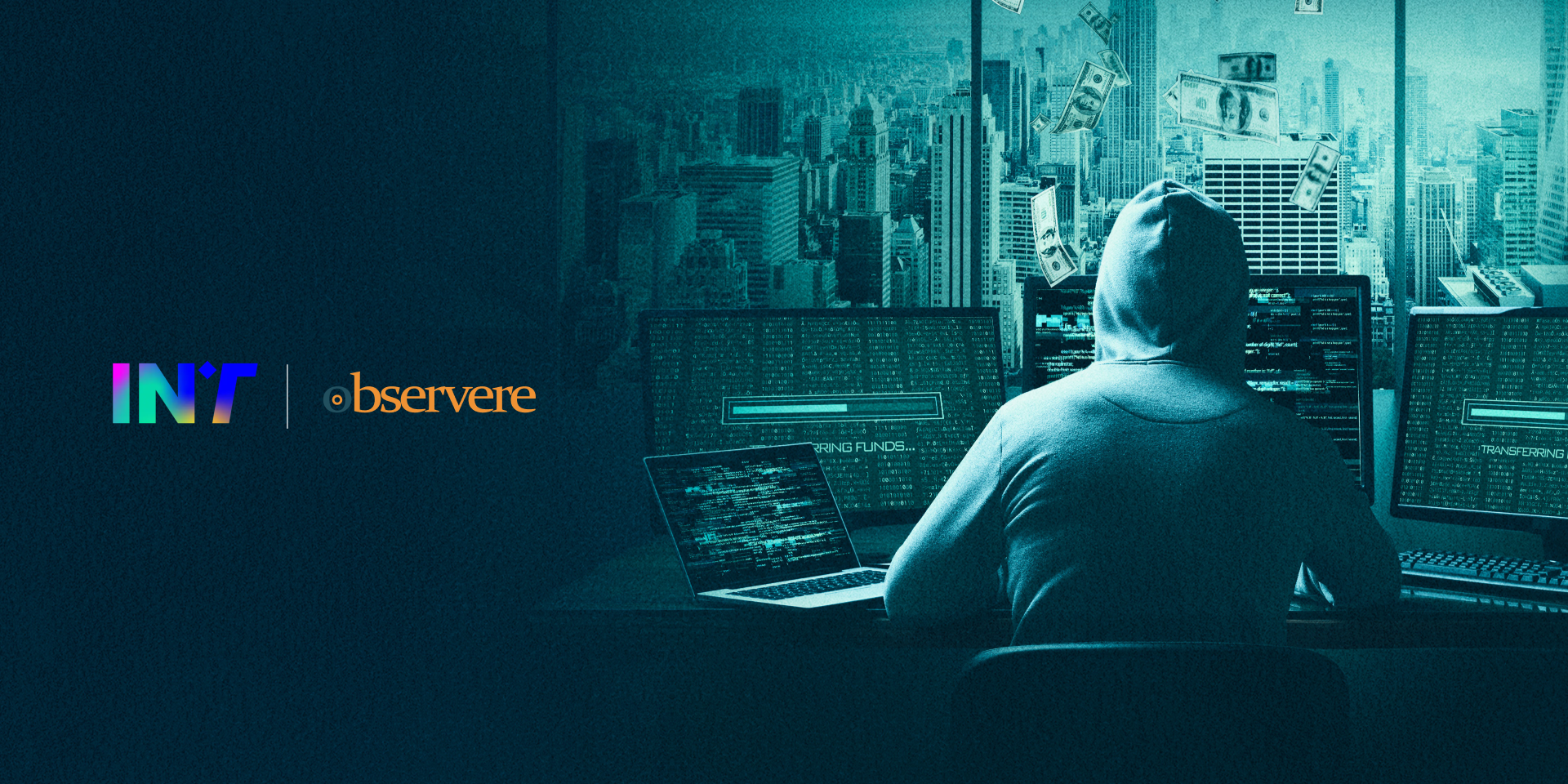The Impact of AI on Creativity and the Role of the Artist
Since the arrival of Midjourney, Stable Diffusion, DALL·E, and Nano Banana (among many others), the world of visual creativity has been dealt a heavy blow, further calling into question the role of the artist and what can be considered art. With a (simple) prompt, anyone can generate illustrations, concept art, and even “styles” inspired by the great masters. When considering AI-generated content, certain figures from the art world come to mind: the artist (obviously), the art director, and the amanuensis (scribe).
The Example of Brandon Sanderson: Art Director vs. Artist
The reference to these figures in the study of AI and copyright law is certainly not new, but it came to mind again after I recently read a comment by Brandon Sanderson on the subject of those who call themselves “AI Artists.” To illustrate elements of his fantasy novels, Sanderson regularly commissions artist Ben McSweeney. Despite providing ideas, instructions, and creative supervision, Sanderson always acknowledges that the credit and the right to be recognized as the artist for the graphic/visual parts belong to McSweeney. He never claims authorship of the illustrations, considering his own role similar to that of an art director working alongside a creative professional.
The Three Key Figures: Art Director, Artist, and Amanuensis
But let’s take a step back and briefly analyze these three figures:
- Art Director: The one who provides the vision, concept, and guidelines. They do not create the work directly, but they guide it.
- Artist: The creative executor who makes autonomous, original, and recognizable choices. They are generally the holder of the copyright.
- Amanuensis: The copyist, who faithfully reproduces under the instruction of others without creative leeway. They are not considered an author.
These categories, born in “traditional” contexts, must now be examined under the lens of generative AI.
The Mechanical Nature of Generative AI
Algorithms possess neither an artistic “impulse” nor an aesthetic sensibility comparable to that of humans. They do not directly “experience” what they produce, nor do they make emotional or stylistic choices. They simply execute instructions. They receive a prompt—a phrase, a few keywords—and, by drawing on enormous data archives, they return images that best meet those criteria through statistical recombination. It is a powerful, yet still mechanical, process.
AI as a Digital Amanuensis and the Role of the Prompter
In the generation of content with AI, two main factors come into play. On one hand, there are the instructions provided by the prompter. On the other, there is the mechanical processing by which the algorithm interprets (statistically) the prompt and executes it. Based on this simplification of the process, we could therefore think of the AI as a sort of digital amanuensis. Just as the medieval scribe was limited to copying texts without modifying them, the algorithm processes and recombines data without imparting any real personal touch. It adds no intention, nor does it bring emotion or aesthetic sensibility into play. In this reconstruction, if we were to search at all costs for a creative spark, we would be more likely to find it in the person formulating the input: the prompter. And yet, not even the prompter, no matter how skilled or meticulous, has full control over the result.
The Unpredictability of the Output and the Limits of Protection
If the artist cannot predict the output generated by the AI and has no certainty that the machine will faithfully replicate their idea, then the AI could be seen as an imperfect amanuensis: a tool that partially interprets the instructions it receives. To truly achieve the work as imagined, the direct intervention of the artist, with their creative contribution, is necessary. Only at that point can the result be considered protectable. Remaining in the scenario of the ‘bad amanuensis,’ however, one could reach a paradoxical situation where the prompter fails to obtain the desired image, and instead ends up seeing their own vision influenced and distorted by the variable and unpredictable outputs produced by the AI. In this case, the human element would be diminished, compromising the possibility of copyright protection.
The Prompt and the Absence of Copyright Protection
Furthermore, the mere prompt (although some legal doctrine wants to open a window for protection) is not currently granted copyright protection because: (i) the AI interprets prompts “in its own way,” and therefore the results do not have direct human authorship, as the human element is removed from the creative equation; and (ii) copyright protects original works, not simple ideas or functional instructions, which is the nature of most prompts. Therefore, writing a prompt means giving coordinates, but not knowing in advance the route the machine will take to arrive at the final image. The algorithm draws on a myriad of elements, sometimes unpredictable ones, and the same input can lead to different outputs. It is a generation process that appears almost random: guided, yes, but never entirely governable.
The Paradox of the Prompter-Art Director and the AI-Artist
According to this framework, Sanderson’s view seems appreciable, whereby the prompter is comparable to an art director: defining the style, indicating the direction, suggesting what should emerge, but leaving the artist control over the output, which also contains their own contribution. However, copyright law does not automatically recognize this guiding function as a creative act. If we follow the logic of the prompter as an art director, then the AI that interprets the instructions “in its own way” could be classified as the artist. But—as we have seen—the algorithm completely lacks that typically human creative impulse, made up of personal choices, sensitivity, and expressiveness. The AI does not infuse emotion or intention into the work. It limits itself to technical processing according to pre-set algorithms (however unpredictable) but is devoid of the so-called spark that makes artistic creation authentic.
Conclusions: AI as a Tool, Not an Author
Finally, a necessary clarification: the use of the term ‘interpretation’ in reference to AI is, in reality, misleading but was instrumental to this discussion. It is not a human interpretation, which implies the ability to process and attribute meaning to something in light of logic, emotions, intentions, and context. The algorithm does not understand; it merely processes inputs according to mathematical-statistical rules, generating the most coherent outputs possible.
Therefore, AI is neither an author nor a simple executor (amanuensis), but rather a tool that recombines data and models according to probabilistic logic. As such, it is not enough to guide a machine; autonomous, original, and personal choices are needed to truly speak of a “work” and an “author.” There is, therefore, no “AI Artist,” but at most an art director (the prompter) for an AI that will generate content devoid of protection (for now—as there are some contexts where ad hoc protection for AI-generated content is being discussed).
Article in collaboration with AW LEGAL
AW LEGAL is a law firm specializing in Intellectual Property, Privacy, and Legal Tech.






